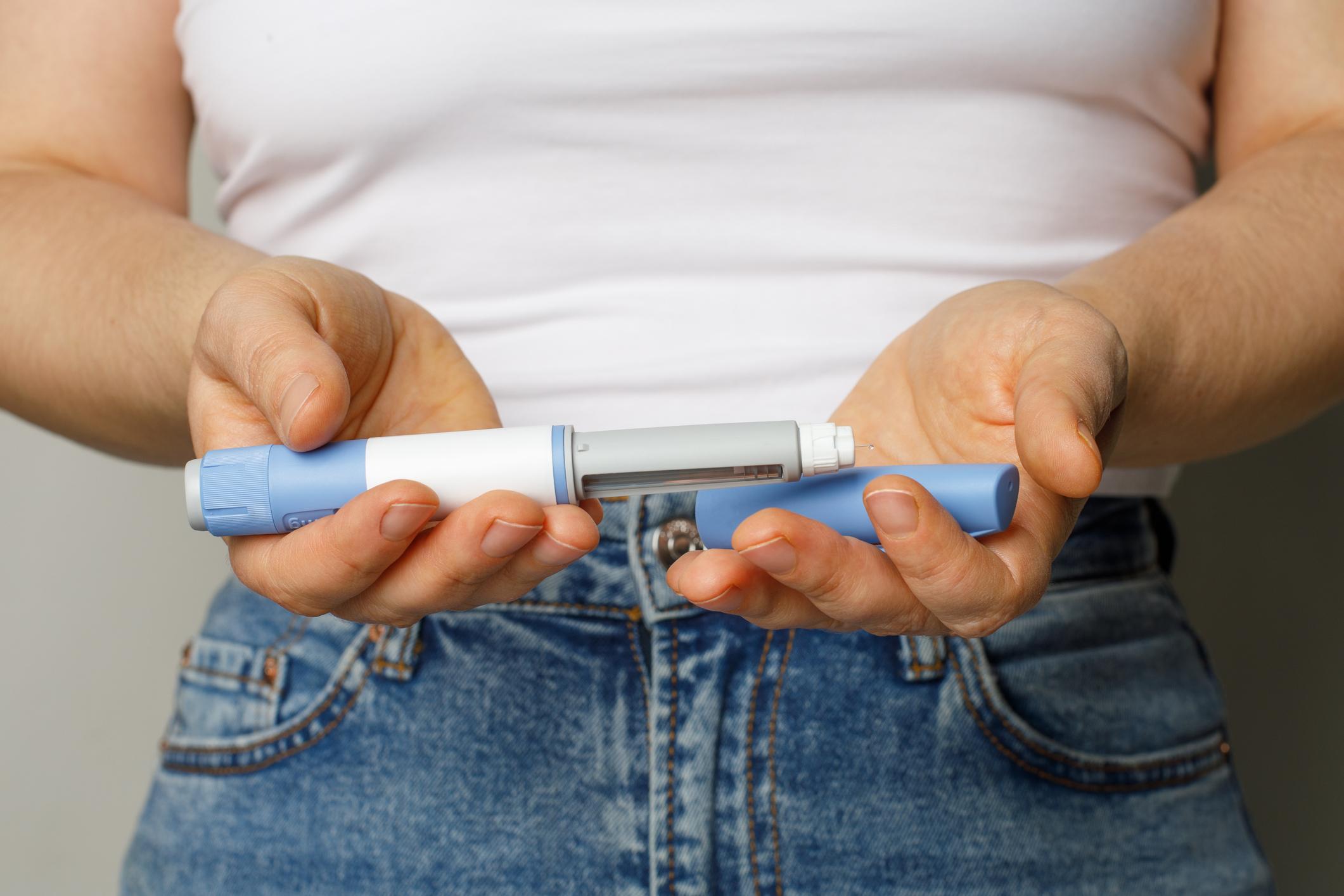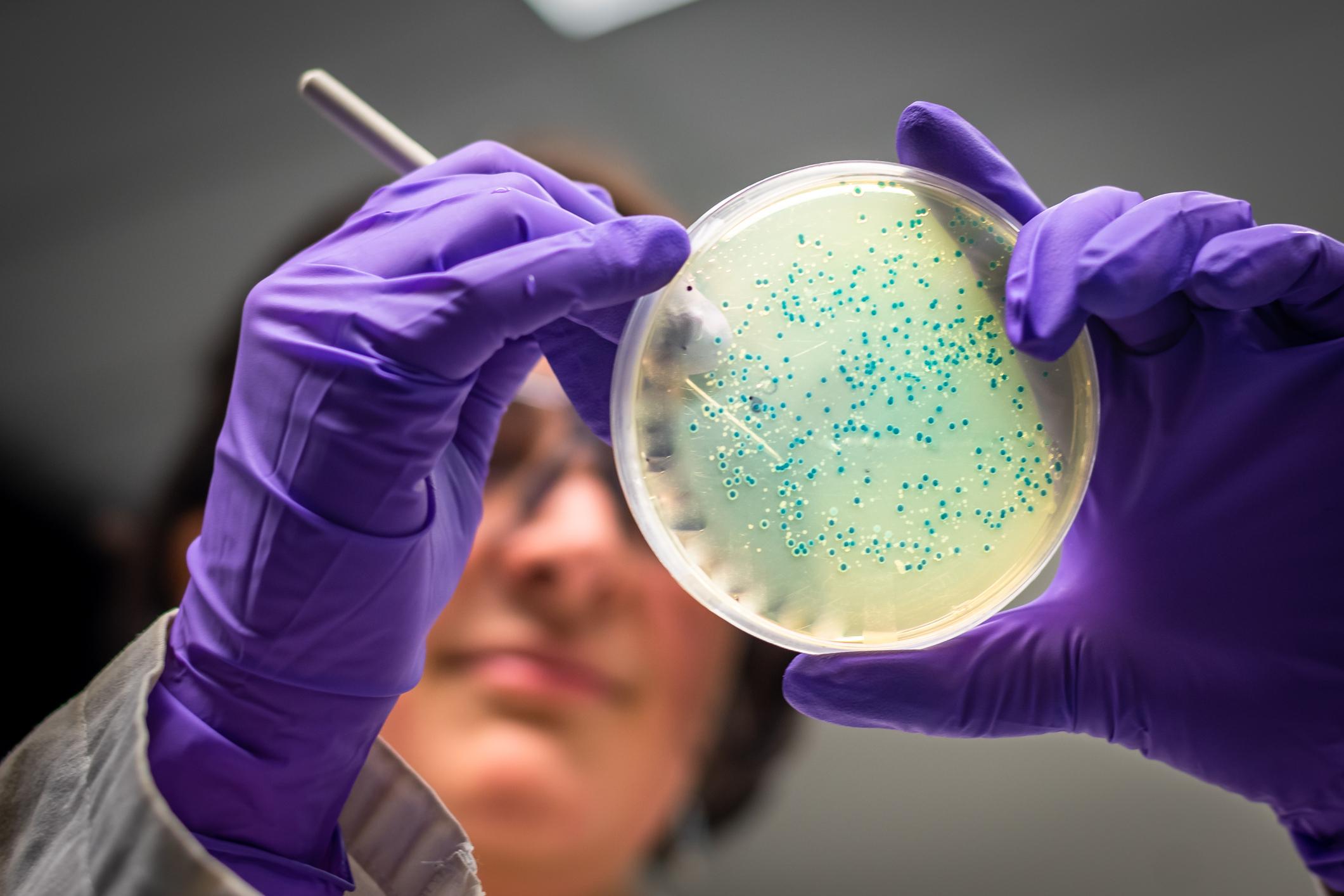Engineers at the University of Utah have developed a non-invasive device that emits ultrasound waves that can disrupt faulty pain signals, putting an end to patients’ suffering.

- In people with chronic pain, the root cause is often a faulty signal in the brain.
- Researchers have developed a device that uses ultrasound to non-invasively stimulate deep regions of the brain.
- This technique aims to directly regulate the activity of the brain circuits that cause false pain signals.
Phantom pain after amputation, persistent pain after an accident… The root of many chronic pain conditions is faulty signals in the brain, leading to “false alarms.” Researchers at the University of Utah have developed an ultrasound device that could be a solution for patients suffering from this type of disorder.
The results of a recent clinical trial have been published in the journal Bread.
Ultrasound device: less pain for 60% of participants
The new non-invasive device, called Diadem, sends ultrasound waves to deep regions of the brain. Their goal is to disrupt faulty signals in these areas that are suspected of causing chronic pain. This method, called neuromodulation, seeks to directly regulate the activity of certain brain circuits.
“After an initial functional MRI scan to map the target region, the researchers adjusted Diadem’s ultrasound emitters to correct how the waves were deflecting away from the skull and other brain structures.”specifies the press release.
To test the device, the team recruited 20 people with chronic pain. They all had two 40-minute sessions with the device. However, some participants had actual ultrasound stimulation and others did not (to represent the control group). The patients were then asked to describe their pain one day and one week after their sessions.
Result: 60% of volunteers who received the actual treatment reported a clinically significant reduction in symptoms over these periods.

Chronic pain: additional tests to confirm the effectiveness of the device
“We did not expect such strong and immediate effects from a single treatment”notes researcher Thomas Riis. “The rapid onset of improvements in pain symptoms and their sustained nature are intriguing and open doors for the application of these non-invasive treatments to the many patients who are resistant to current treatments.”adds his colleague Jan Kubanek.
The results are promising. However, the market launch is not for now.
The team still needs to conduct a phase 3 clinical trial. If the benefits are confirmed in this new study, the team will then be able to begin the process of obtaining approval from the Food and Drug Administration, the American body responsible for monitoring food and drug products in the United States.

















